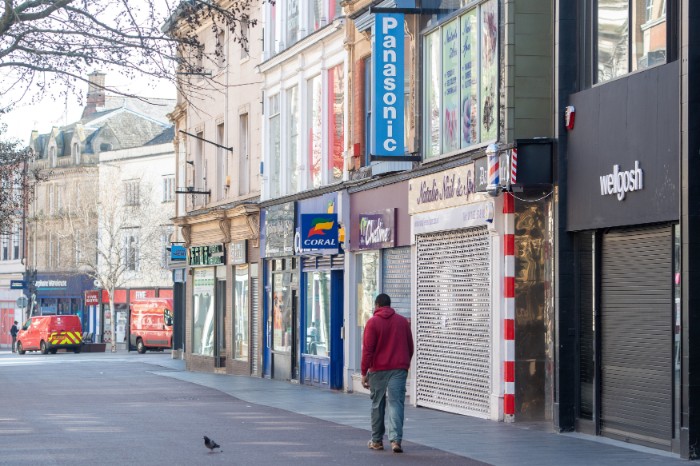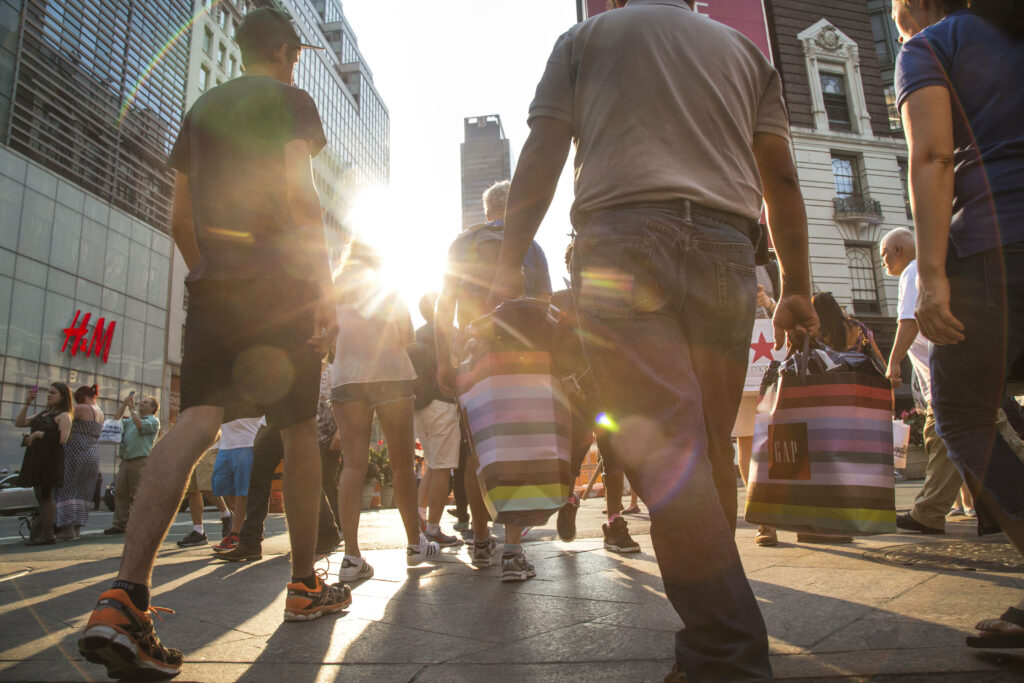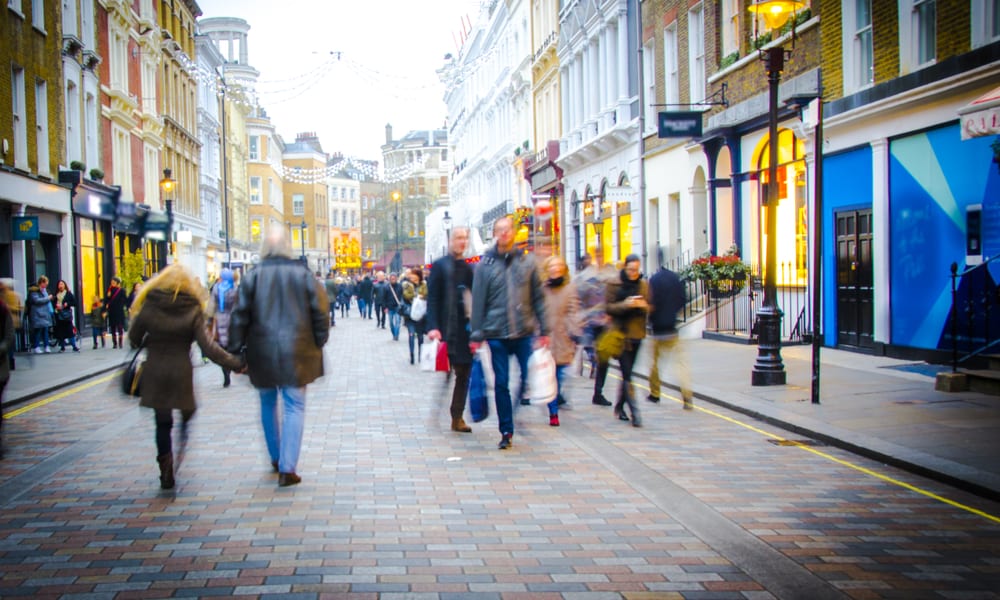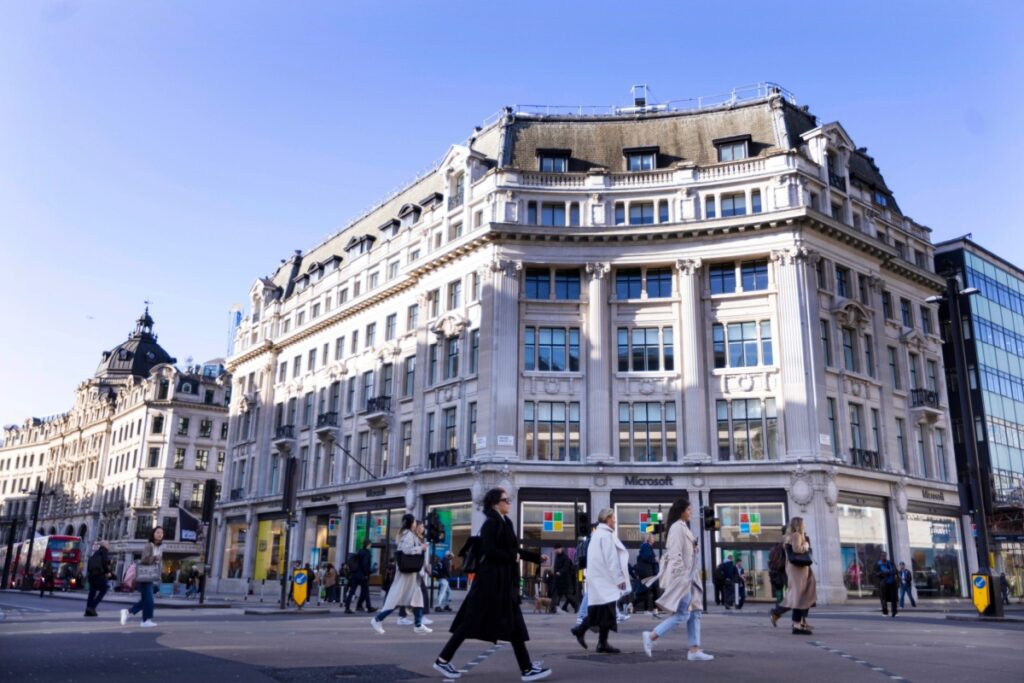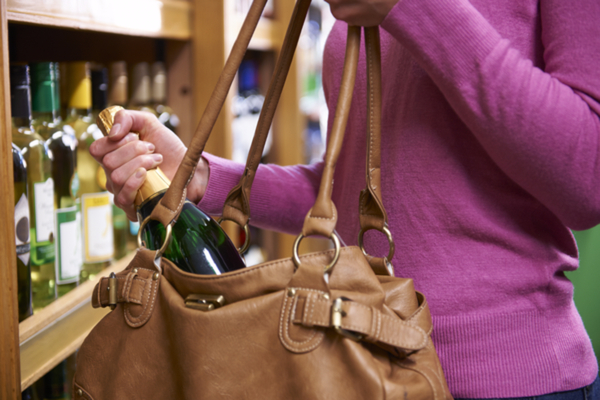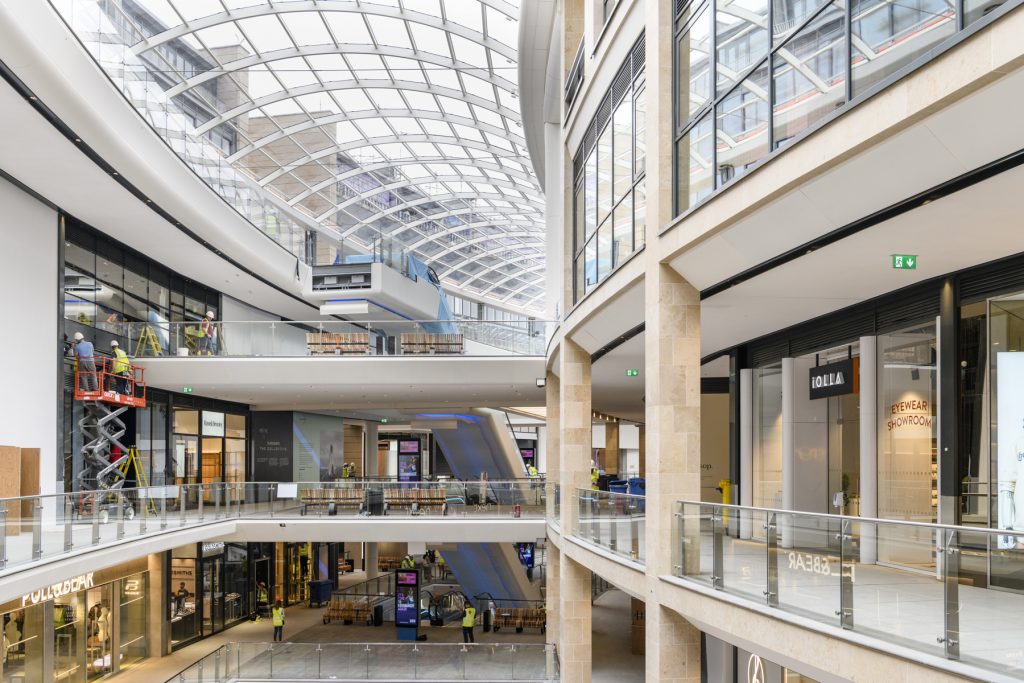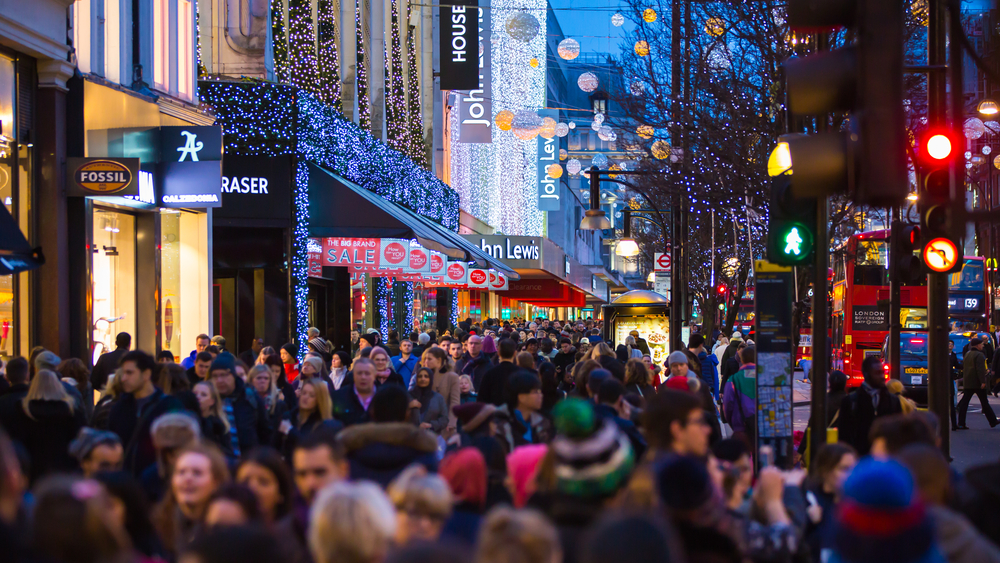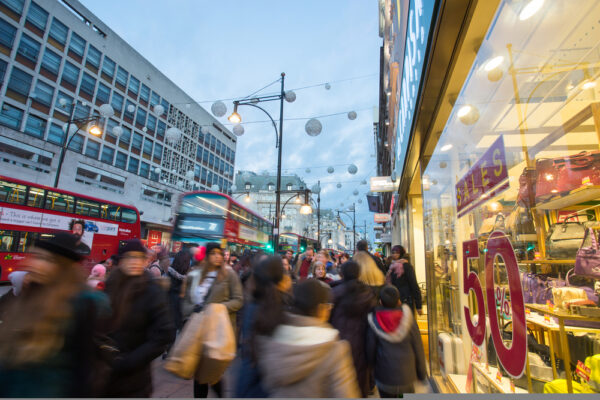// Footfall was 39.1% lower in 2020 then it was the previous year
// Non-essential retailers closed their doors to the public for a total of 18 weeks in 2020
New research by Springboard has found that retail footfall dropped to the lowest level on record last year as the Covid-19 pandemic affected the high street.
Footfall was 39.1 per cent lower in 2020 then it was the previous year and fell by 75 per cent in the week after the first lockdown in March – a level never previously recorded by Springboard.
Non-essential retailers were forced to close their doors to the public for a total of 18 weeks in 2020.
READ MORE: Consumer confidence drops despite vaccine promises, research says
Footfall at retail parks in 2020 fell by 23 per cent, compared to a 41.9 per cent fall in shopping centres and a 45.2 per cent fall on high streets.
Meanwhile, footfall rose by 40.3 per cent in the first week after the first and second lockdown as consumers headed back to the shops.
From Week 12 of 2020, the UK entered into its first lockdown period, which extended until mid June – week 24. Over this period as a whole, footfall declined across all UK retail destinations by a staggering -71.4 per cent.
Nevertheless, online spending in 2020 increased by 20 per cent compared to a decline of three per cent in 2019.
The impact of the loss of footfall and sales on bricks-and-mortar businesses was already evident, with a rise in the vacancy rate in towns and cities across the UK in 2020 to 10.6 per cent from 10 per cent in 2019.
“To use the word ‘unprecedented’ truly underplays the impact that Covid-19 has had on the retail industry as businesses large and small fought for survival,” Springboard insights director Diane Wehrle said.
“However, as the vaccine is successfully rolled out across the UK in 2021, this offers hope for retailers in the second half of the year, albeit with social distancing measures still in place.
“If Covid-19 has taught us anything, it is the need we all have for human interaction and sensory satisfaction, and this is likely to drive visits and spend in stores and destinations.
“What is likely to continue to change in 2021 is the types of destinations that consumers visit and the frequency and when they do so, and much of this change will be driven by the shift to home working.”
Click here to sign up to Retail Gazette’s free daily email newsletter

